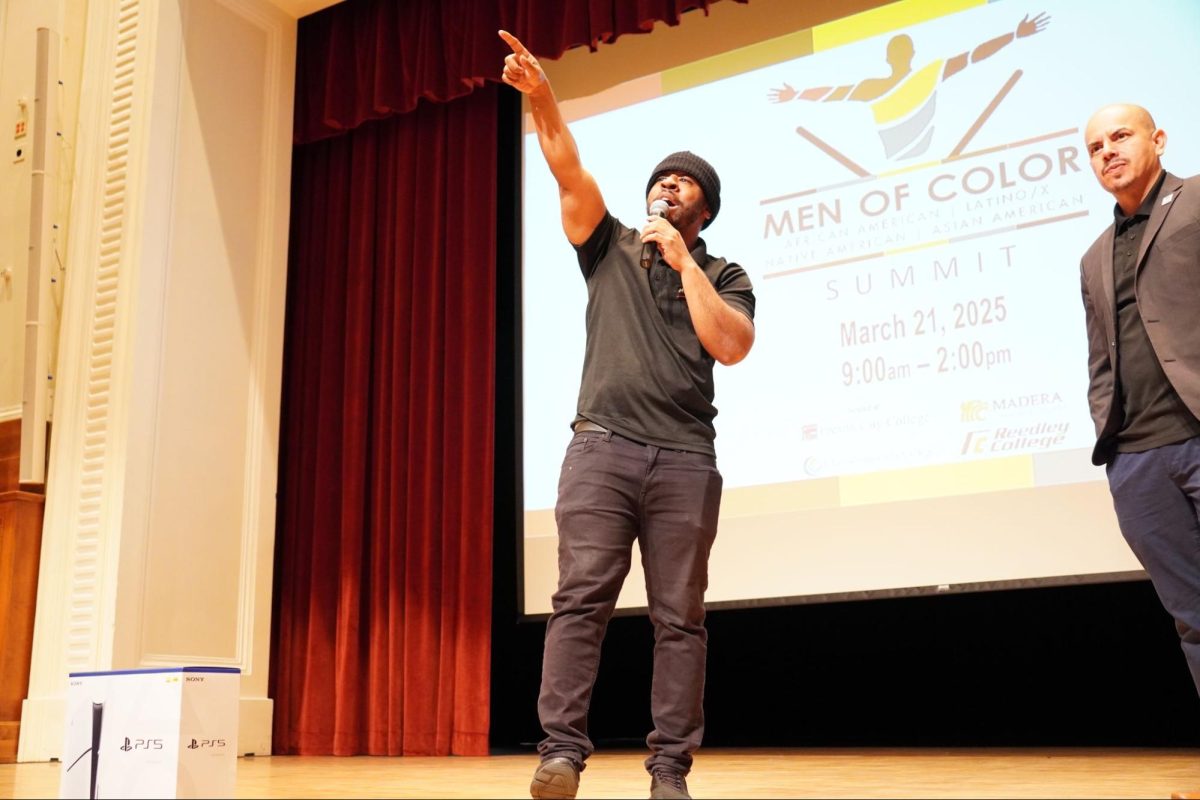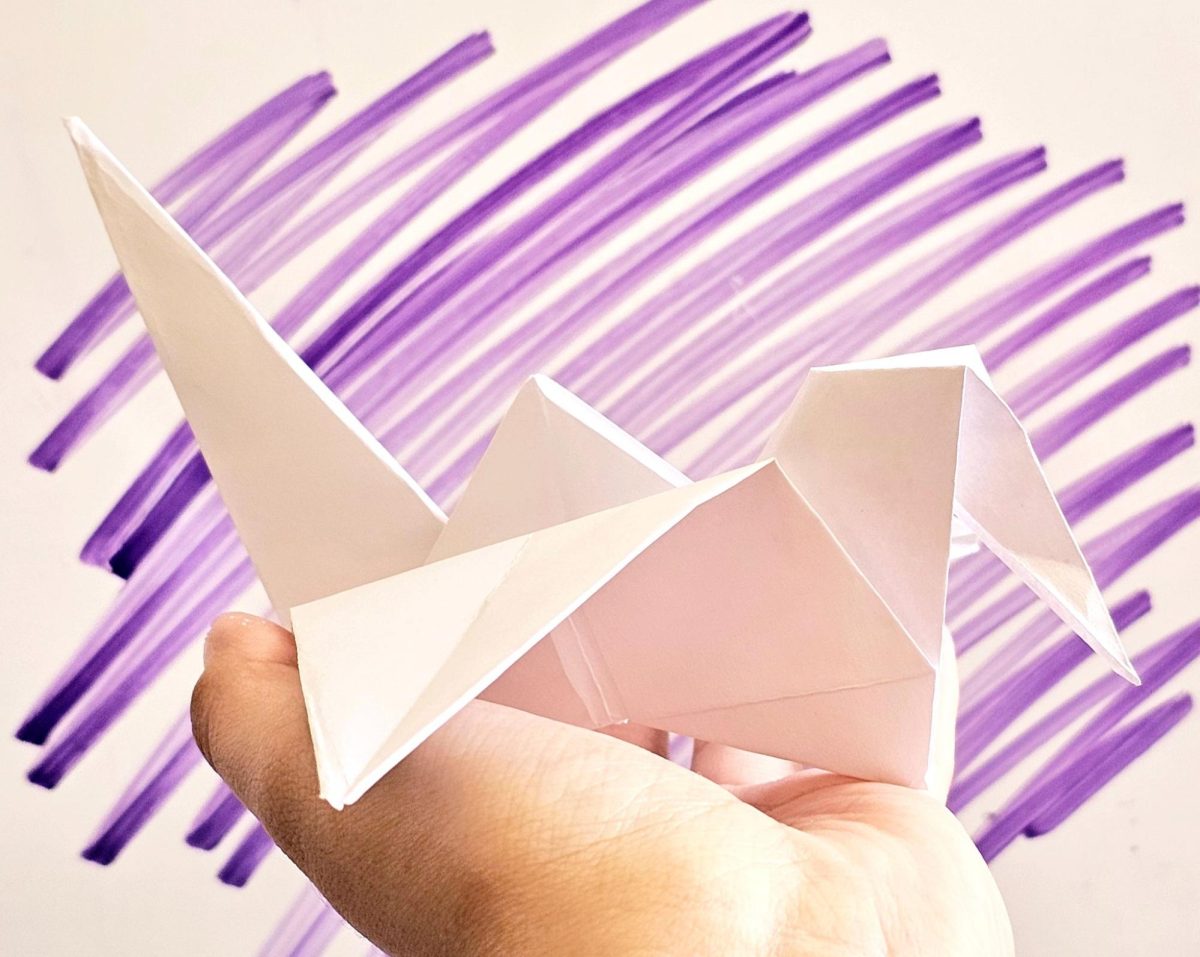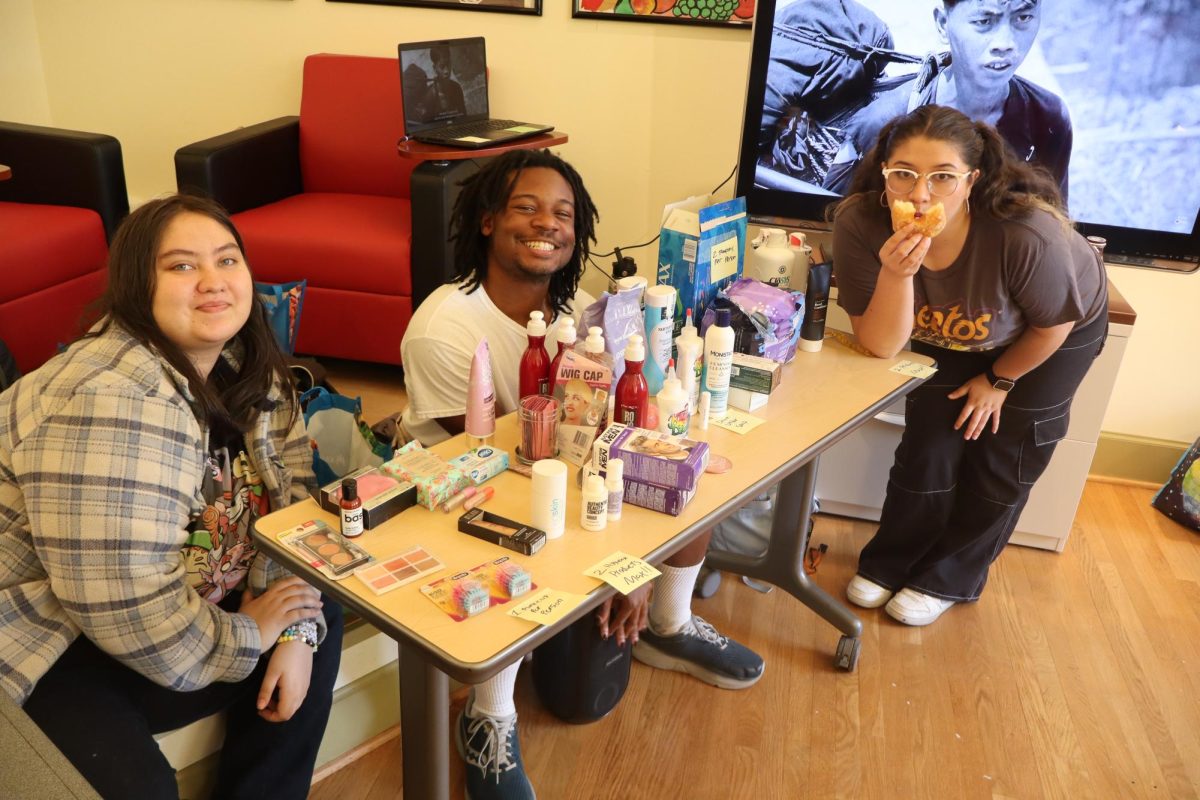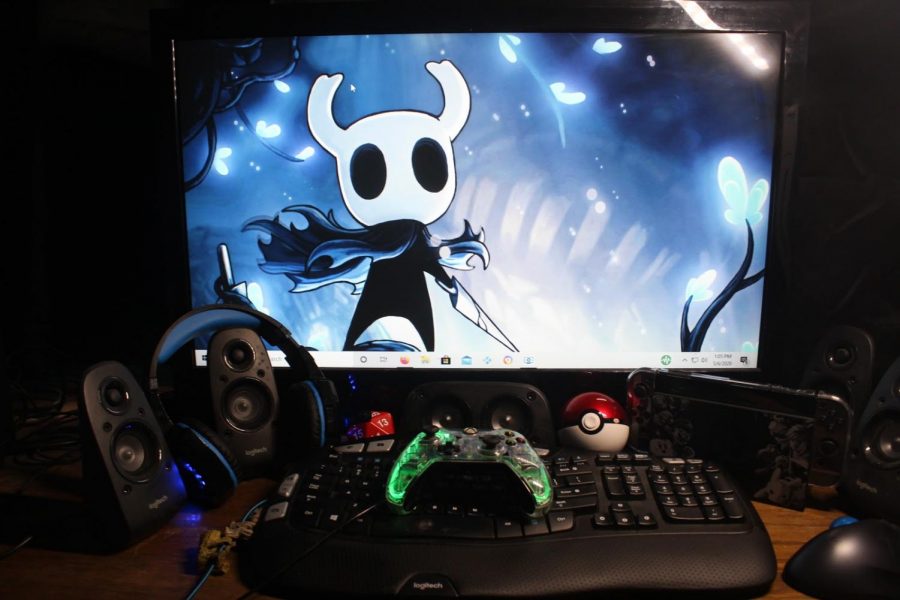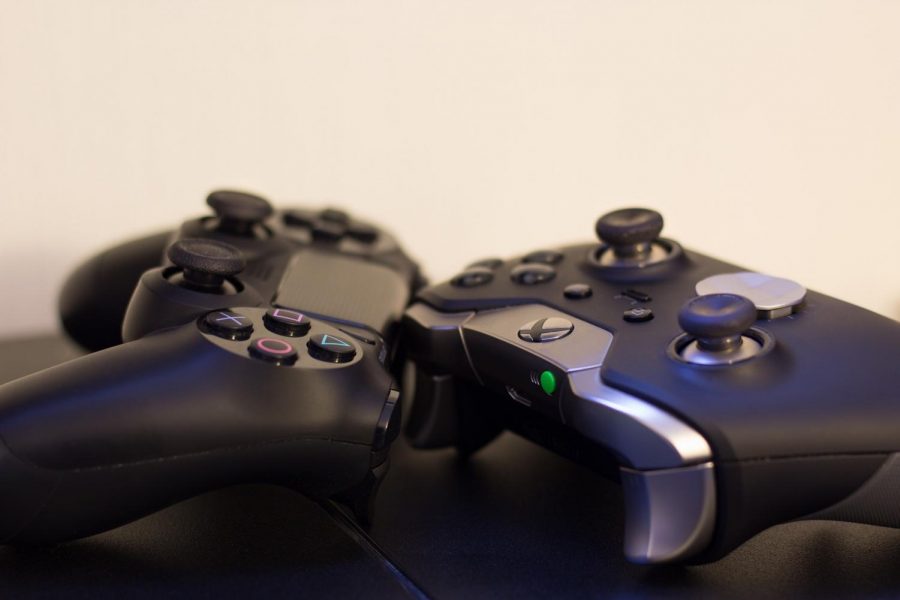There was a time that playing video games was a “guy thing”. Sure, that’s still assumed, since there are plenty of jokes girls share amongst each other in which they criticize their boyfriends and their gaming habits. But according to statistics provided by joystiq.com, females now make up 42 percent of the gamer population. Why the change? What does this mean? How is it different now than it was a decade ago? It all ties into women’s history in the video game industry.
Video games started with the same basic story concepts that have always been used, mostly the “damsel in distress” plot. This put many female characters into that very position, up until playable female characters such as Lara Croft were introduced. However, the reason Croft of “Tomb Raider” was made a woman was because it would be more interesting to stare at a woman’s butt while playing rather than a man’s. Then the female characters of the “Dead or Alive” series were portrayed with oversized breasts and microscopic waists.
It seemed that video games were falling in line with every other media, by giving women more impossible “beauty” standards to live up to. However, this didn’t deter those gals who were heeding the call of the controller. Female gamers have risen in numbers over the years and now make up nearly half the gamer population.
Much of this can be contributed to newer technologies, particularly smart phones. Game apps have made games as accessible as your contact list, which opened the door for many female gamers. However, what made the biggest changes were gamer gals partaking in games such as “Gears of War” and “Halo”. Bungie, developers of “Halo”, realized during the making of “Halo 3” that they had a noticeable female audience. Because of this fact, they made sure to include the ability to make your Spartan a female. “Gears of War” developers Epic made the same decision when they included female characters in their latest title, “Gears of War 3.”
It would be wise for the idustry to embrace both genders. If women are gaming, they should be able to have the benefit of characters they can relate to. When it comes to the story-telling aspects, it’s far more interesting to have a wider range of characters fighting alongside you, and not just the typical male hero. According to a Game Informer interview with Joseph Staten, one of the creative directors at Bungie, games like “Halo” better illustrate the importance of the fight when it’s shared by both men and women alike, .
Felicia Day is a gamer gal who’s become an unofficial representative of gamer girls. Best known for her web-series, “The Guild”, Day is admired by both male and female gamers alike for her “proud to be a geek” attitude. I am without a doubt a Felicia Day fan, but there was a downside to the effects of her fame.
Day is as pretty as she is geeky, and of course this is capitalized on by modeling agencies that decide to put their models in video game settings, attempting to create another role model such as Day. To me, it seems that they’re just handing a controller or a Yoda costume to one of their models and using them to sell sex to male gamers. I dislike this, simply because this is not the image a gamer girl needs to have. This to me is the opposite of what Felicia Day as a gamer girl stands for: confidence and security in what she enjoys. If you Google “Gamer Girl”, a bunch of sexualized women holding controllers appear rather than the normal non-sexualized gamer girl who could easily kick my butt at “Halo.” I WILL marry a gamer girl some day, so I’d prefer my future spouse to not be portrayed as a harlot holding a Wii remote in a very suggestive manner. The best move the industry can make for their female fan base should be to pick a more realistic and respectful portrayal for them.
With a gaming console becoming a regular item in the average household, eventually people of all types will accept the controller as a regular tool of entertainment. In time we shall all be gamers, equal and awesome.
Story continues below advertisement


